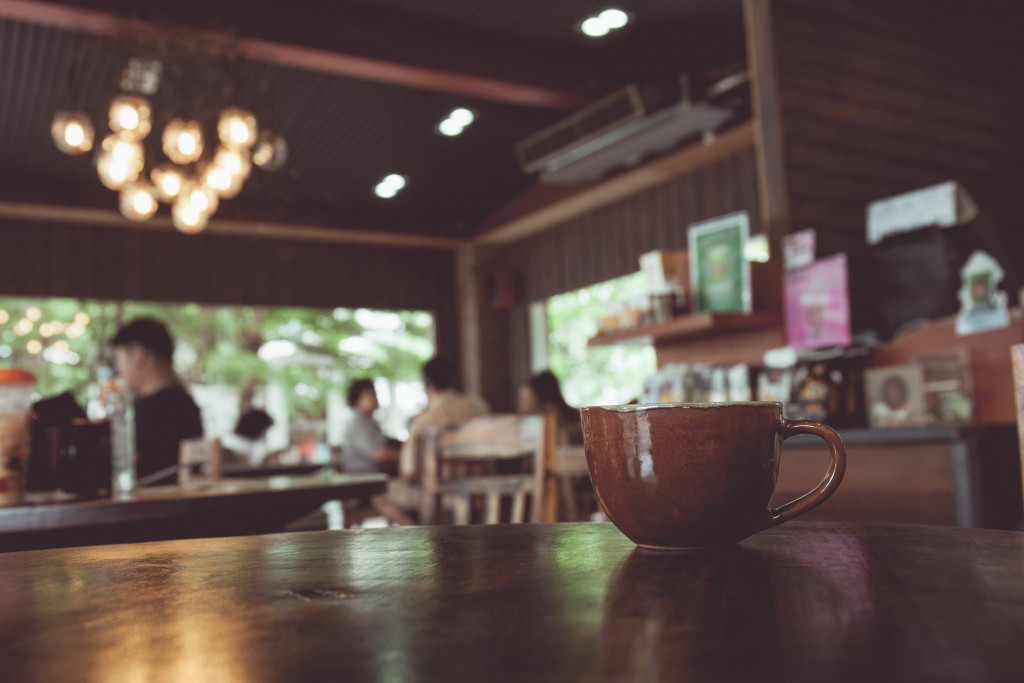The US Department of Commerce estimated in 2018 that only 14.3% of total retail sales were transacted online. Sure, online sales have been growing annually, and yes, this current global pandemic may have caused online sales to jump. Yet, traditional brick-and-mortar sales are still higher than online sales overall. This is perhaps because brick-and-mortar locations can offer a more tactile experience for their customers. Though, a physical store or office brings with it more costs.
A physical storefront can be costly to build, not to mention operate. Entrepreneur lists the cost of opening a retail store somewhere between $2,000 and $100,000. Your costs will, of course, depend on the size and address of your business, but here’s a quick rundown of what you can expect to pay to establish a brick-and-mortar business space:
- Licenses and permits
- Lease
- Business insurance
- Design and construction (including relevant professional fees)
- Fixtures and furniture
While there is not much to do about the mandated administrative expenses, one area that you’ll have complete control over is the capital expense of space design. If you take the edgy industrial interior design approach, fixtures, furniture, and finishes can all follow suit, giving you a sum total of curtailed design expenses.
What Is Industrial Interior Design?
In the early 20th century, as numerous Western European factories closed down in the wake of the second industrial revolution, many large, vacant buildings were left behind. As cities expanded, resulting in limited spaces, these old, abandoned industrial areas were converted into residential neighborhoods. Thus, the advent of industrial-style interior design. A known design professional and blogger, Kate Arend, describes industrial design as incorporating “elements of historic commercial spaces into a living space through building materials like steel, wood, iron.”
Essentially, rather than covering up the inherent, functional elements of warehouses and industrial spaces, residents, architects, and interior designers opted to highlight it.
Industrial interior design is a stylish melding of modern design, rustic ambiance, and other contemporary trends. Industrial-style spaces are about many exposed pipes, beams, and brick: naked walls, bare wood or concrete floors, and rough ceilings. This versatile design approach is trendy these days in virtually all types of businesses: cafes, delis, ateliers, and small offices.
Here are the key elements of industrial interior design:
1. Open Floor Plan
The first element that makes any space feel “industrial” is the open floor plan. Resist the urge to put up dividers and walls. And if your property doesn’t have this open space, consider joining two rooms together.
Forego the expensive paint job and stick with polished concrete for your walls and rough wood flooring. Already, it sounds like money saved. But more importantly, it’s a chic space in the making.

2. Stainless Steel
Nowadays, the look of stainless steel is gaining momentum in interior design and décor. Stainless steel is currently popular for open shelving, indoor/outdoor furniture, and contemporary art accents. Even though its water-resistant qualities and smooth surfaces make it typically ideal for areas like kitchens and bathrooms, stainless steel is becoming a sleek, attractive solution for any room.
In addition to metal pipes and ducts, metal on walls and doors is key to achieving an industrial-style look to your business space. To achieve this look and amp up safety, you may consider installing Safeway security screens.
3. Exposed Pipes and Ducts
These will look fabulous in all-white spaces, as the metal lends a stark contrast to the bright walls and ceiling. Perhaps a pantry island with a stainless steel countertop and wooden bar stools. These industrial elements all combine to create a stylishly modern office or store space.
4. Wood
The combination of wood and metal for your finishes goes a long way to achieving the industrial-style design. Use a wooden table paired with metal chairs. Designing your business space this way affords you plenty of opportunities now to repurpose old metal structures and fit them with wooden panels. Think about this as you think about your side tables, consoles, shelves, and so on.
5. Neutral Colors
You can likewise achieve a metallic feel through just the use of colors such as gray and matte silver. Match your bathroom with the overall industrial character of your business space. Instead of spending money on marble tiles or plush wallpaper, weathered gray walls will elegantly enhance all the metal and steel finishes.
Currently, industrial interior design is one of the most creatively expressive among modern design styles. This stylish approach not only saves on cost but is also undeniably functional. It’s all about displaying the innate building materials that are typically concealed. It’s all about adding a raw, unfinished look to edgy, adventuresome business spaces. That could be yours, you know.

